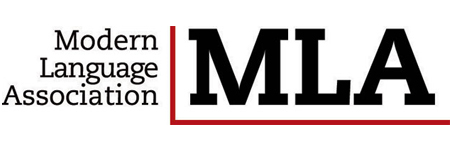Religious Order, Ceremony and Society: About the Burcak Community of Bayrami Order
DOI:
https://doi.org/10.24082/2021.abked.336Keywords:
Bayramiyya, Burcak Community, Bayrami Order, RitualAbstract
Bayrami order and its followers, which have been the subject of many studies to date, form an environment that can be addressed in several ways within Sufi groups. This order primarily stands out as being an order of Anatolian origin. Haji Bayram, who was called by the Ottoman sultan himself to Edirne, the capital at that time, due to some rumours about him, and then returned to Ankara cleared of the rumours that he probably had some ideas and activities beyond the dominant Sunni understanding, became the representative of the movement whose followers grew in numbers day by day.
Although the Bayrami order had effect on the masses and even on non-urban agricultural population, perhaps the most important feature of the order is that its institutional organization was not on this scale. They did not have the qualification to open tekkes and zawiyas and to be supported by very large foundations like other orders. What we know as the Bayrami tekke are structures appeared almost exclusively in Istanbul and quite late.
Burcak (vetches) represents an important culture and activity to Bayrami followers probably because of their relation to agricultural population and because Haji Bayram himself planted vetches (burcak).
We come across the trace of a social ceremony/ritual called “Burcak Cemiyeti (Community)” in Ankara at the beginning of the XVIII century, which was performed annually by Bayrami followers and has not attracted much attention until today. It seems that this mass ritual is a ceremony that was defined as “Hasad-ı Mubarek (Sacred Harvest)” from early times and was performed during the harvest of vetches (burcak) from the places where Haji Bayram planted vetches. It also seems that Bayrami followers were gathering in Ankara for this harvest in its season and were going to the fields in order to harvest them probably by performing dhikr collectively in the streets.
This should be the case because Hafiz Mehmed, the imam of Haji Bayram Mosque, made various false pretences about Bayrami followers every year as the opponent of this community. On top of that, he was making unspeakable remarks about the dhikr of Bayrami followers after morning prayers in the mosque, he was probably making someone else repeat the prayer said by the Bayrami muezzin and causing disorder among the congregation. Mehmed Baba b. Salih Baba, who was the head of the Haji Bayram Lodge at the time, complained about imam in question by taking this matter to court in Ankara. Hafiz Mehmed found no support from the people and prominent persons of the city, especially the Ankara judicial district, and was dismissed from his position and replaced by another imam because everyone testified against him. However, Imam Hafiz Mehmed was reinstated due to the fact that he was somehow under the protection of the Sheikh al-Islam Feyzullah Efendi. Sheikh al-Islam Feyzullah Efendi’s activity in corruption and nepotism within the imperial bureaucracy is also known from the course of historical events.
Ultimately, in 1717, when the activities for the “Burcak Community” probably began, Imam Hafiz Mehmed and a crowd of two professors and disciples of madrasa, arming themselves, began to gather in Bezzazistan and to attack under the leadership of Deli Mehmed, town crier in Bezzazistan, those who had gathered to go to the “Burcak Community”, by saying “if we die, we will be martyrs, if we survive, we will be ghazis”. Events were intervened, the three people who prompted the events were reported to Istanbul and banished from the city until they were rehabilitated.
The aim of the paper is to outline this incident.








